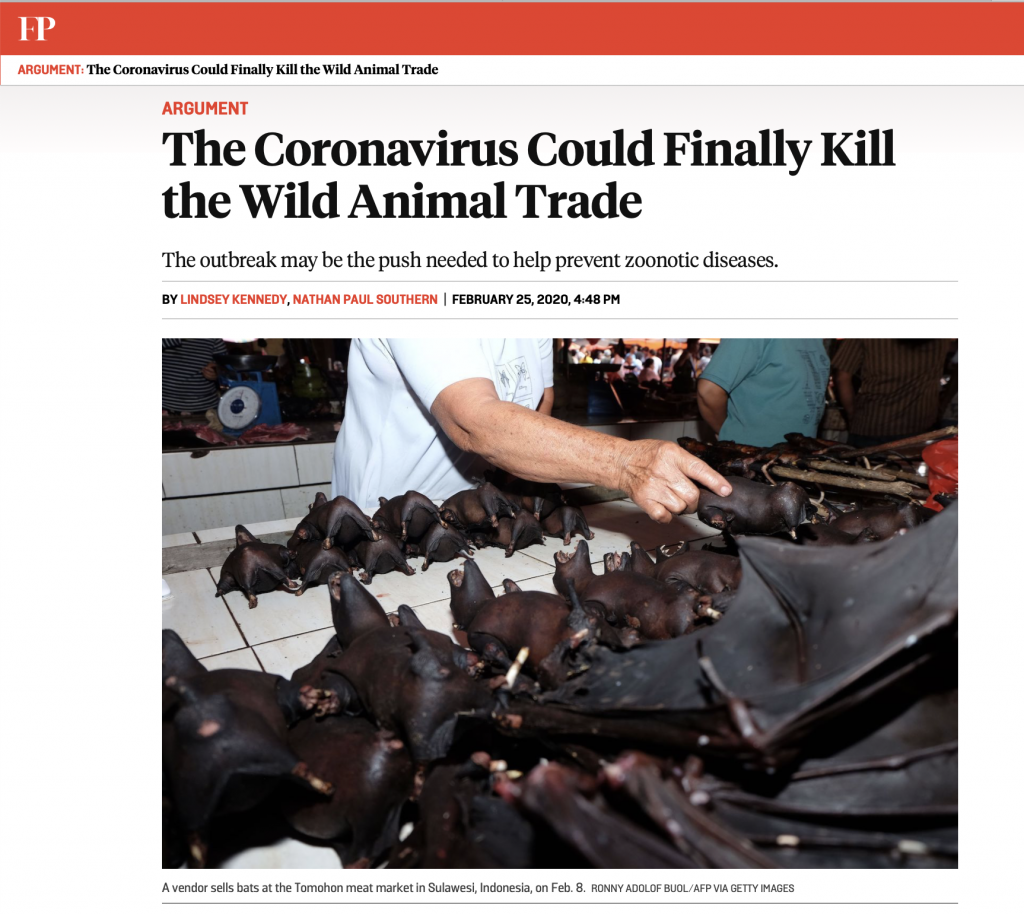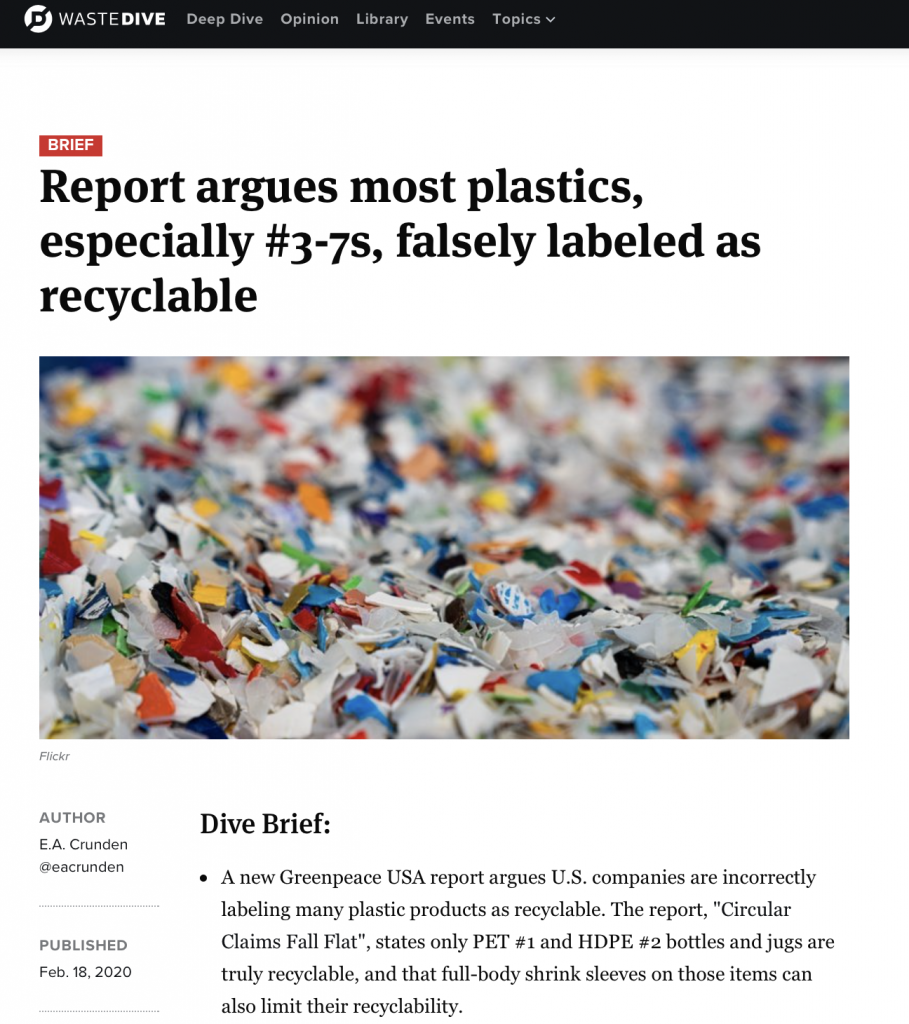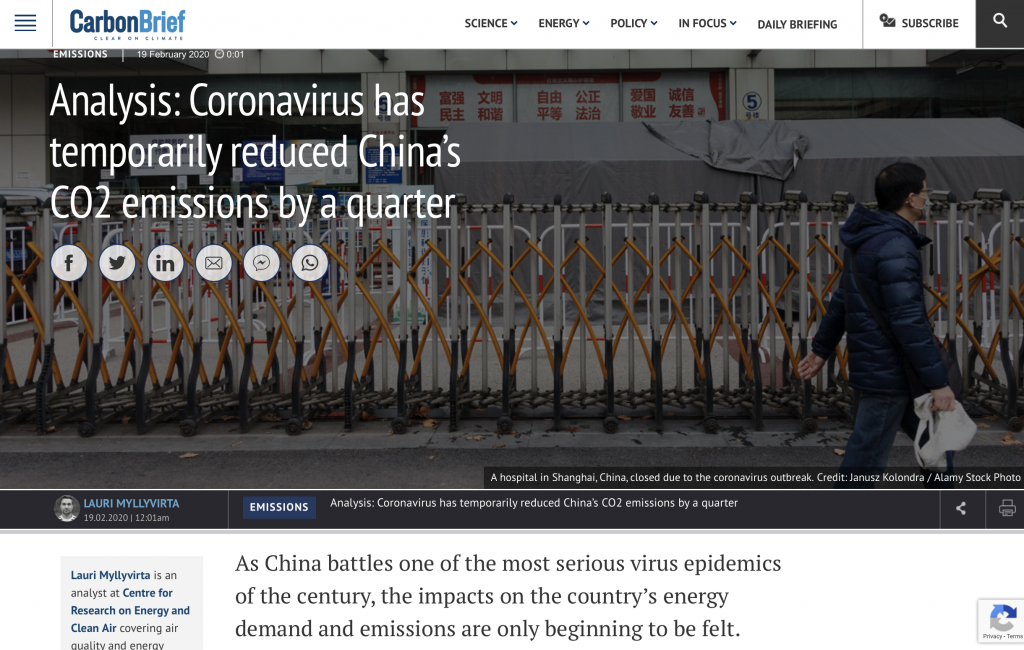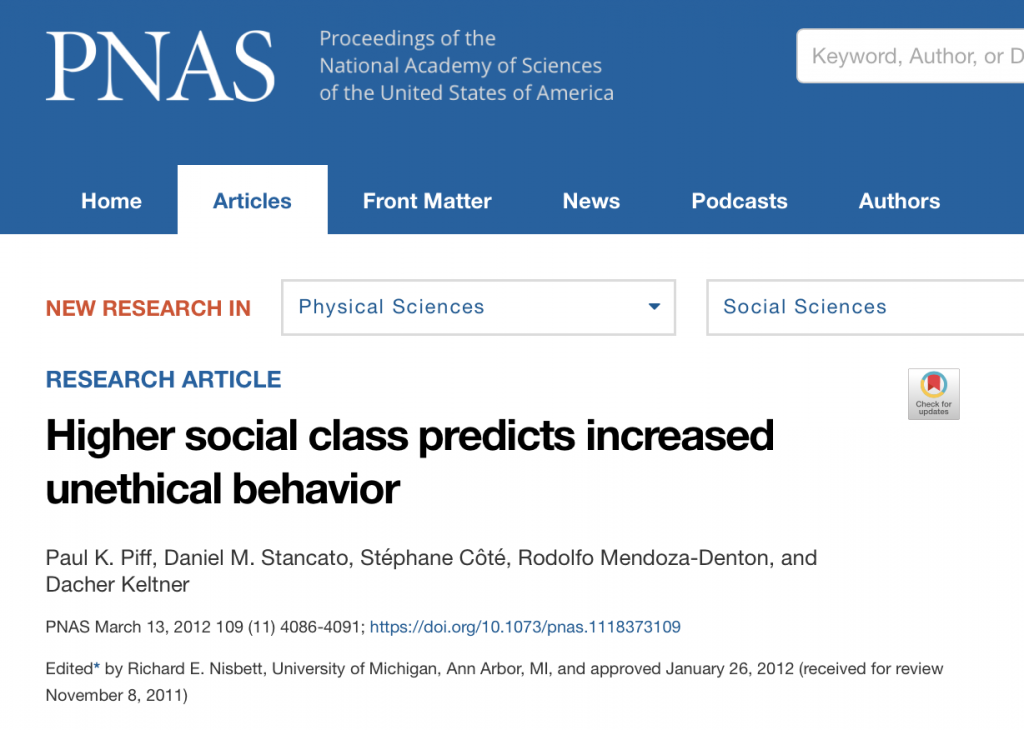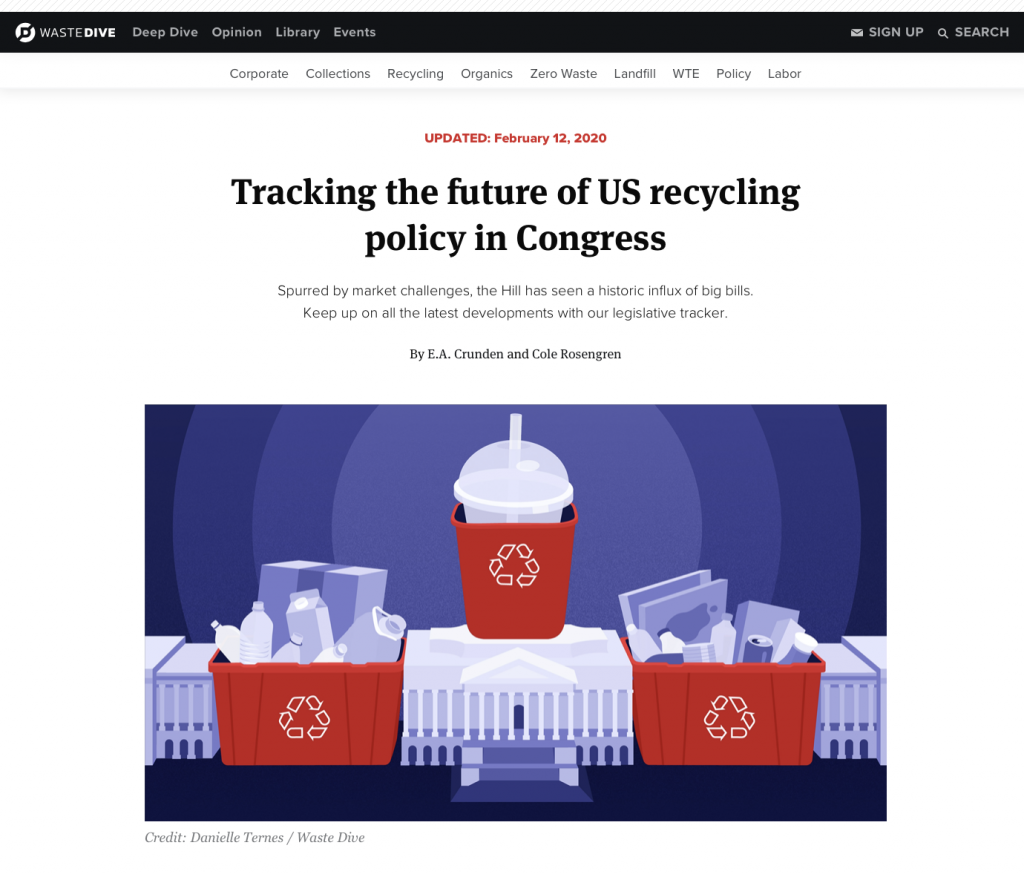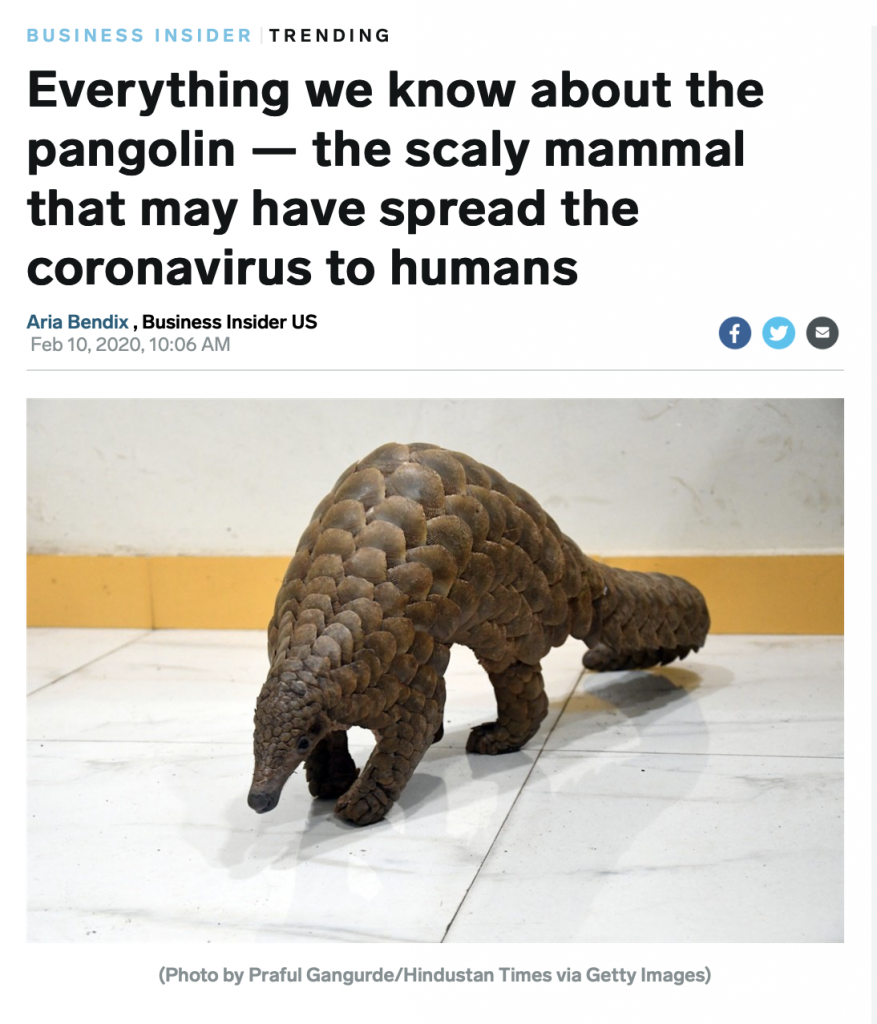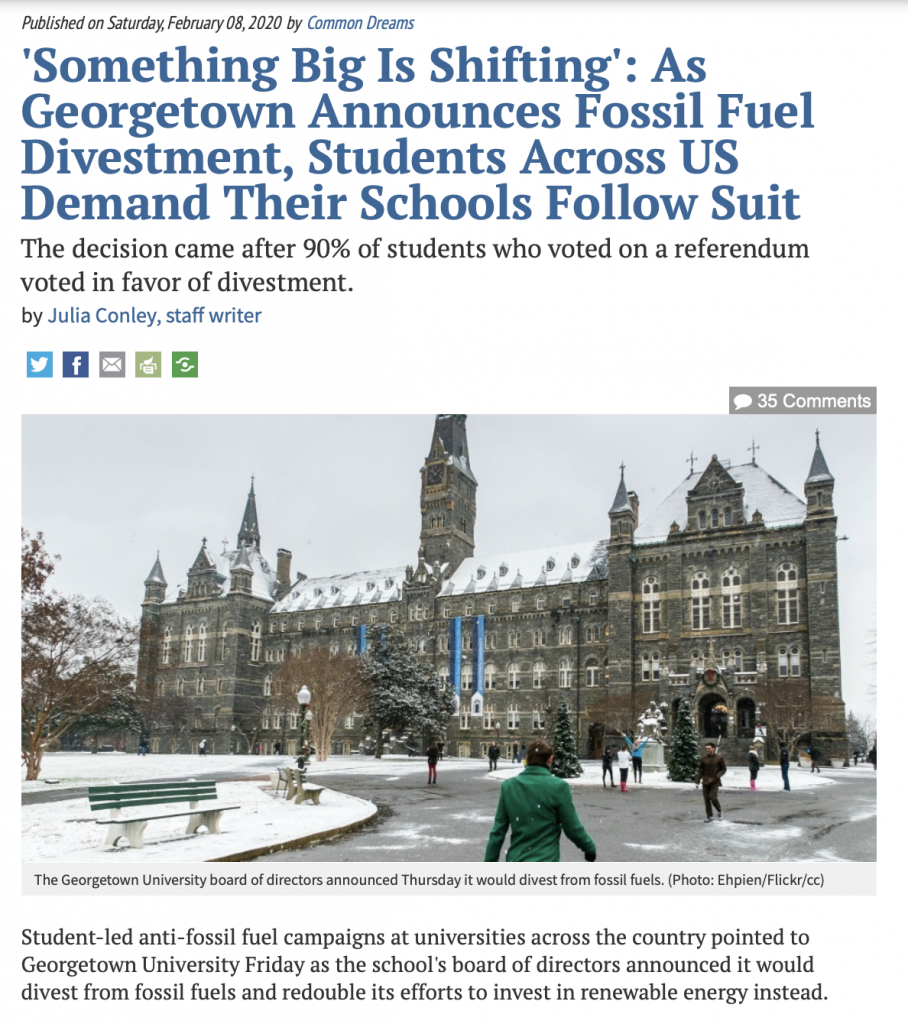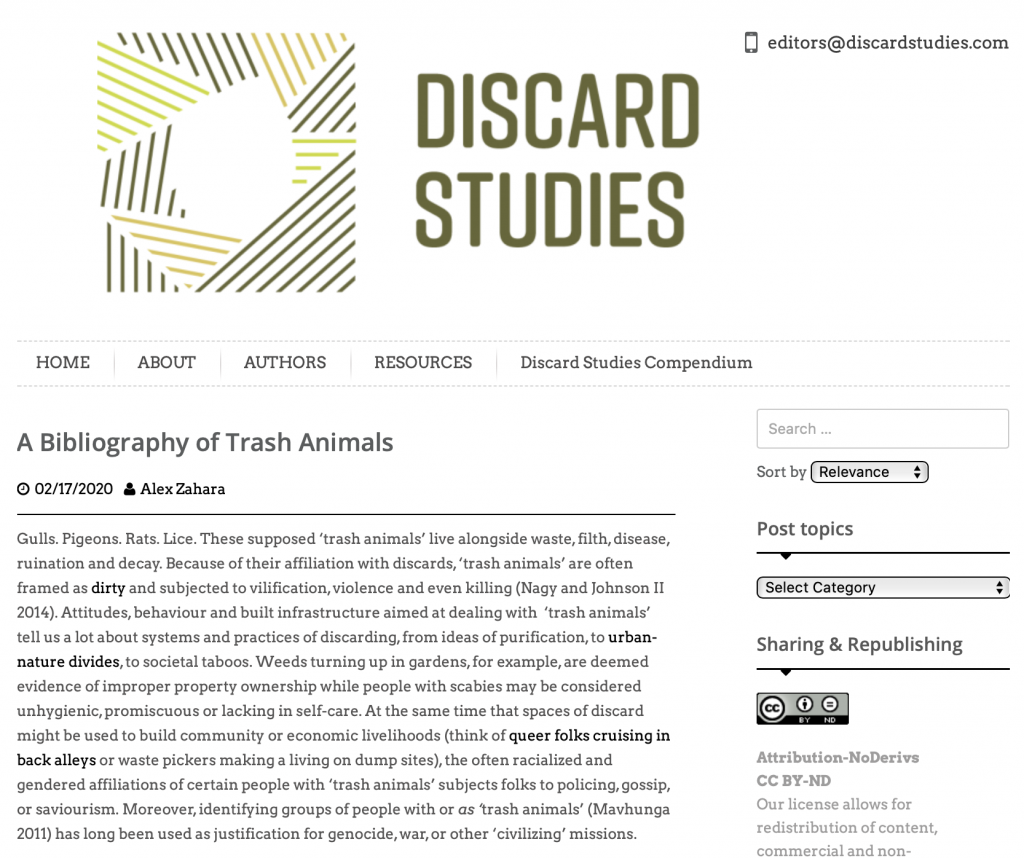
Gulls. Pigeons. Rats. Lice. These supposed ‘trash animals’ live alongside waste, filth, disease, ruination and decay. Because of their affiliation with discards, ‘trash animals’ are often framed as dirty and subjected to vilification, violence and even killing (Nagy and Johnson II 2014). Attitudes, behaviour and built infrastructure aimed at dealing with ‘trash animals’ tell us a lot about systems and practices of discarding, from ideas of purification, to urban-nature divides, to societal taboos.
Source: Discard Studies A Bibliography of Trash Animals
The Bibliography
Atkins, Peter. (Ed.). (2016). Animal cities: Beastly urban histories. New York, Routledge.
Beisel, Uli., Kelly, Ann H., & Tousignant, Noémi. (eds.) (2013). Knowing insects. Special issue of Science as Culture, 22(1).
Biehler, D. D. (2013). Pests in the city: flies, bedbugs, cockroaches, and rats. University of Washington Press.
Brown, Kate. (2019). Learning to read the great Chernobyl acceleration: literacy in the more-than-human landscapes. Current Anthropology, 60(S20), S198-S208.
Bubandt, Nils., & Tsing, Anna. (eds.) (2018). Feral Dynamics of Post-Industrial Ruin: An Introduction. Journal of Ethnobiology, 38(1),
Chang, Chia-Ju. (2016). Wasted Humans and Garbage Animals: Deadly Transcorporeality and Documentary Activism. In Ecodocumentaries (pp. 95-114). Palgrave Macmillan, London.
Clark, Jonathan L. (2015). Uncharismatic invasives. Environmental Humanities, 6(1), 29-52.
Clark, Jonathan L. (2017). Consider the Vulture: An Ethical Approach to Roadkill. Discard Studies.
Clark, Nigel. H., & Hird, Myra. (2014). Deep shit. O-Zone: A Journal of Object-Oriented Studies, 1(1), 44-52.
Corman, Lauren. (2011). Getting their hands dirty: Raccoons, freegans, and urban ‘trash’. Journal for Critical Animal Studies, 9(3), 28-61.
Davie, Neil. (2017). ‘An unbidden guest at your table’: Purity, danger and the house-fly in the middle-class home, c. 1870-1910. Cahiers victoriens et édouardiens, (85 Printemps).
Doherty, Jacob. (2019). Filthy flourishing: para-sites, animal infrastructure, and the waste frontier in Kampala. Current Anthropology, 60 (S20).
Dutkiewicz, Jan. (2015). Important Cows and Possum Pests: New Zealand’s Biodiversity Strategy and (Bio) Political Taxonomies of Introduced Species. Society & Animals, 23(4), 379-399.
Gong, Haomin. (2019). Place, Animals, and Human Beings: The Case of Wang Jiuliang’s Beijing Besieged by Waste. In Chinese Environmental Humanities (pp. 167-188). Palgrave Macmillan, Cham.
Histoire Urbaine (2015). Animaux dans la ville 1 . 44(3).
Histoire Urbaine (2016). Animaux dans la ville 2 . 47(3).
Hoag, Colin., Bertoni, Fillip., & Bubandt, Niels. (2018). Wasteland ecologies: Undomestication and multispecies gains on an Anthropocene dumping ground. Journal of ethnobiology, 38(1), 88-105.
Holmberg, Tora. (2015). Urban animals: Crowding in zoocities. New York: Routledge.
Holmberg, Tora. (2016). “Wastable” urban animals. lo Squaderno, 42, 9-11.
Holmberg, Tora. (2017). ‘Moving quietly in the shadows’: On feral feeding in Kolkata. In Animal Places (pp. 33-50). Routledge.
Holmberg, Tora. (2019). Animal waste work. The case of urban sewage management in Sweden. Contemporary Social Science, 1-15.
Houston, Donna. (2019). Planning in the shadow of extinction: Carnaby’s Black cockatoos and urban development in Perth, Australia. Contemporary Social Science, 1-14.
Instone, Lesley. (2014). Unruly grasses: Affective attunements in the ecological restoration of urban native grasslands in Australia. Emotion, Space and Society, 10, 79-86.
Instone, Lesley., & Sweeney, Jill. (2014). Dog Waste, Wasted Dogs: The Contribution of Human–Dog Relations to the Political Ecology of Australian Urban Space. Geographical Research, 52(4), 355-364.
Instone, Lesley., & Sweeney, Jill. (2014). The trouble with dogs: ‘animaling’ public space in the Australian city. Continuum, 28(6), 774-786.
Jerolmack, Colin. (2008). How pigeons became rats: The cultural-spatial logic of problem animals. Social problems, 55(1), 72-94.
Jerolmack, Colin. (2013). The Global Pigeon. University of Chicago Press.
Jerolmack, Colin., & Green, Kyle. (2014). Deep Play and Flying Rats. The Society Pages, June 20th.
Kheraj, Sean. (2015). Urban environments and the animal nuisance: domestic livestock regulation in nineteenth-century Canadian cities. Urban History Review/Revue d’histoire urbaine, 44(1-2), 37-55.
Lloro-Bidart, Teresa. (2017). When ‘Angelino’ squirrels don’t eat nuts: A feminist posthumanist politics of consumption across southern California. Gender, Place & Culture, 24(6), 753-773.
Lupino-Smith, Estraven (2018). Morality Cuts: Uncovering Queer Urban Ecologies. Guts (9).
Mavhunga, Clapperton Chakanetsa (2018). The Mobile Workshop: The Tsetse Fly and African Knowledge Production. MIT Press.
Mavhunga, Clapperton Chakanetsa (2011). Vermin Beings: On Pestiferous Animals and Human Game. Social Text, 29 (1(106)), 151-176.
McKiernan, Shaun., & Instone, Lesley. (2016). From pest to partner: Rethinking the Australian White Ibis in the more-than-human city. cultural geographies, 23(3), 475-494.
Mehrabi, Tora., & Åsberg, Cecilia. (2017). Model territories: Choreographies of laboratory flies. In Animal Places. New York: Routledge. pp. 162-181.
Moloney, Chris., & Unnithan, N. Prabha. (2019). Reacting to Invasive Species: The Construction of a Moral Panic over Burmese Pythons. Sociological Inquiry.
Nagy, Kelsi., & Phillip David Johnson II. (Eds.). (2013). Trash animals: How we live with nature’s filthy, feral, invasive, and unwanted species. University of Minnesota Press.
Nast, Heidi. J. (2018). For the love of life: Coal mining and pit bull fighting in early 19th-century Britain. In Historical Animal Geographies (pp. 149-167). Routledge.
Pacini-Ketchabaw, Veronica., & Nxumalo, Fikile. (2016). Unruly raccoons and troubled educators: Nature/culture divides in a childcare centre. Environmental Humanities, 7(1), 151-168.
Paxson, Heather. (2019). “Don’t pack a pest”: parts, wholes, and the porosity of food borders.Food, Culture & Society, 22(5), 657-673.
Paxton, Gillian Louise (2017). Wild urban companions: living with everyday native animals in Brisbane. PhD Dissertation: University of Queensland.
Pitas, John- Henry R. (2016). Birds of a feather? Exploring pigeons in Baltimore, Maryland. MA Thesis: University of Maryland, Baltimore County.
Phillips, Catherine. (2013). Living without fruit flies: biosecuring horticulture and its markets. Environment and Planning A, 45(7), 1679-1694.
Raffles, Hugh. (2007). Jews, lice, and history. Public Culture, 19(3), 521-566.
Reinert, Hugo. (2019). Requiem for a Junk-Bird: Violence, Purity and the Wild. Cultural Studies Review, 25(1), 29-40.
Rutherford, Stephanie. (2018). The Anthropocene’s animal? Coywolves as feral cotravelers. Environment and Planning E: Nature and Space, 1(1-2), 206-223.
Sedell, J. K. (2019). No fly zone? Spatializing regimes of perceptibility, uncertainty, and the ontological fight over quarantine pests in California. Geoforum.
Srinivasan, Krithika. (2019). Remaking more‐than‐human society: Thought experiments on street dogs as “nature”. Transactions of the Institute of British Geographers, 44(2), 376-391.
Ticktin, Miriam. (2017). Invasive others: Toward a contaminated world. Social Research: An International Quarterly, 84(1), xxi-xxxiv.
Todd, Zoe. (2017). Fish, kin and hope: Tending to water violations in Amiskwaciwâskahikan and Treaty Six Territory. Afterall: A Journal of Art, Context and Enquiry, 43(1), 102-107
Winston, Mark. L. (1999). Nature wars: People vs. pests. Harvard University Press.
White, Louise. (1995). Tsetse visions: narratives of blood and bugs in colonial Northern Rhodesia, 1931–9. The Journal of African History, 36(2), 219-245.
Wolch, Jennifer., Brownlow, Alec., & Lassiter, Unna. (2000). Constructing the animal worlds of inner-city Los Angeles. Animal spaces, beastly places, 71-97.
Zahara, Alex. & Hird, Myra (2016). Raven, dog, human: Inhuman colonialism and unsettling cosmologies. Environmental Humanities, 7(1), 169-190.
Audio-visual
Galapagos, Radiolab, 17 July 2014
Stranger in Paradise, Radiolab, 27 January 2017
Unseen City: Wonders of Urban Wilderness, 99% Invisible, 26 April 2016
Uptown Squirrel, 99% Invisible, 30 April 2019
